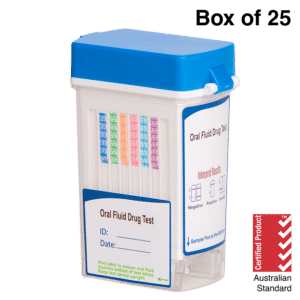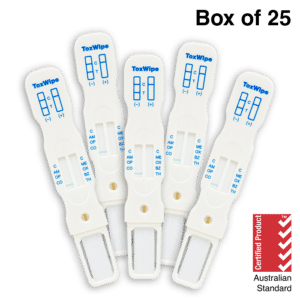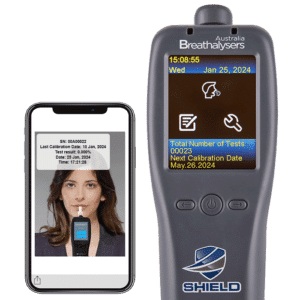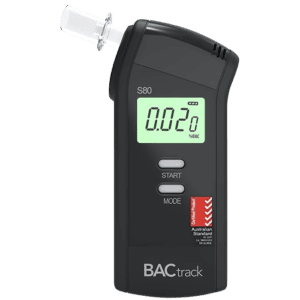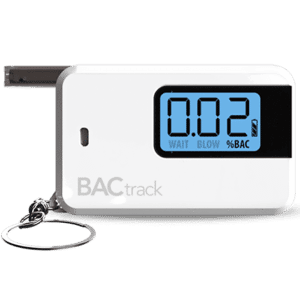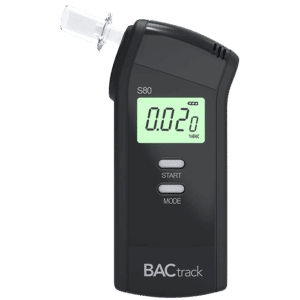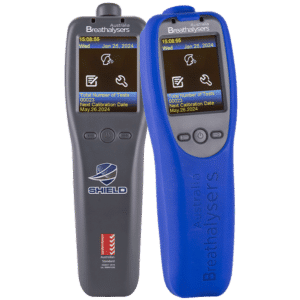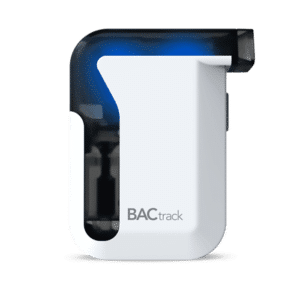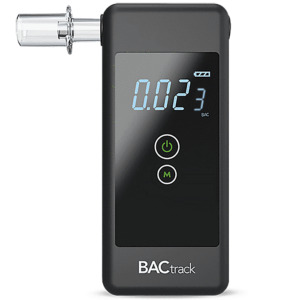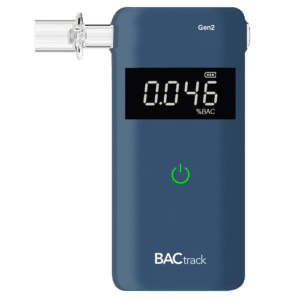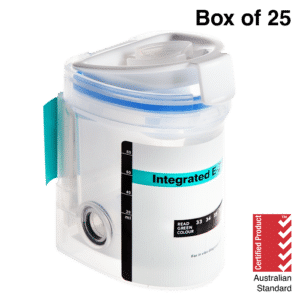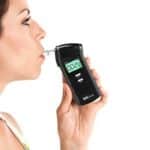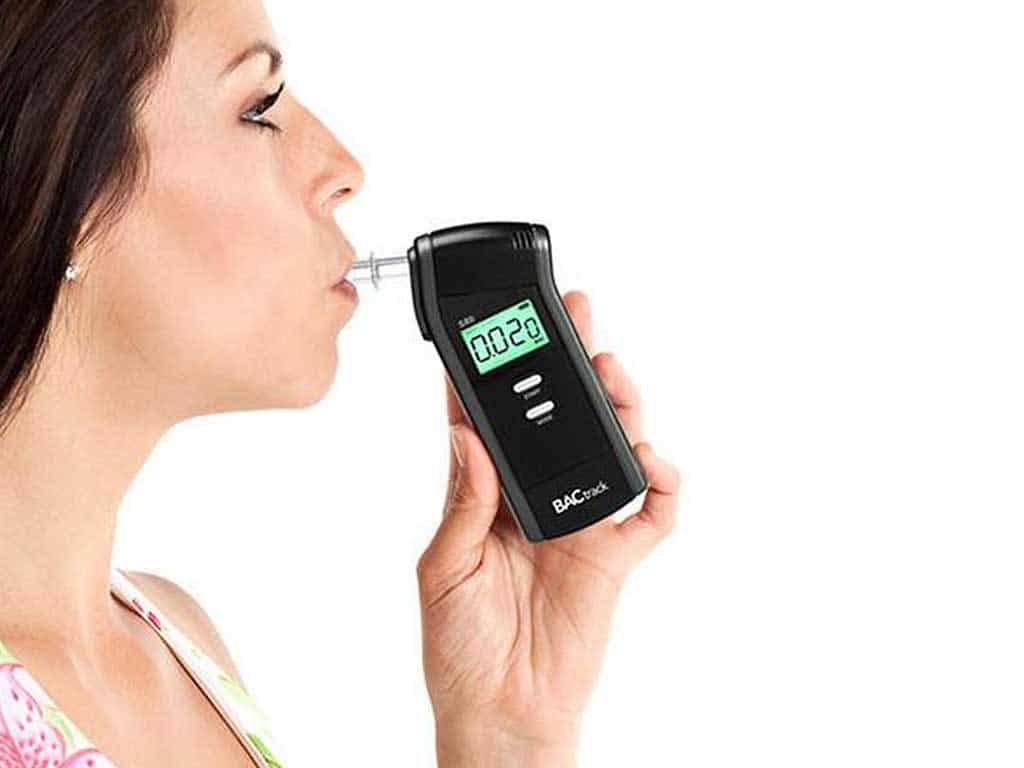
Alcohol plays a huge role in many Australian activities. During social events or festivities, a person tends to consume alcohol, sometimes at risky levels. Uncontrolled intake poses safety risks to health and safety. A person with a high Blood Alcohol Concentration (BAC) has a high probability of getting into an accident. It is because intoxication starts at the first sip. Alcohol travels throughout the body through the bloodstream and can affect normal functions. At high BAC levels, the person experiences severe impairment in senses, perception, judgment, and motor skills. Consequently, many businesses conduct workplace breath testing to counter the negative effects of alcohol use.
Severe alcohol impairment can affect a person’s ability to perform tasks in the workplace safely. It has also led to costly injuries and property damage. The prevailing use of alcohol has also resulted in low productivity, increased absenteeism, and poor performance. Therefore, many Australian businesses have implemented measures to reduce alcohol-related harm in the workplace. Workplace breath testing is a cost-efficient method to manage safety risks associated with alcohol. Companies use a breathalyser to monitor an employees’ sobriety. Breathalysers Australia can help many industries secure an alcohol-free environment through the workplace breathalysers. A breathalyser is a portable device that can estimate the BAC or intoxication level through breath samples.
Alcohol and its Impact at Work
We would often hear that drinking and driving don’t mix. Road crash reports state that alcohol is one of the leading factors for road accidents or collisions. Hence, Australia places more visible sobriety checkpoints to reduce drink driving. Moreover, the workplace is also a priority area for managing the harmful effects of alcohol. A substantial portion of the Australian workforce consumes alcohol at least once a week. Additionally, 1 in 3 people exceeds the recommended number of standard drinks on a single occasion. As a result, there are possibilities for people to work with the aftereffects of alcohol. Alcohol intoxication causes poor concentration, reasoning, and coordination. It poses high safety risks, especially when operating machinery. Thus, employers introduce workplace breath testing to address issues such as:
- Reducing critical injuries
- Managing conflicts due to aggressive behaviour
- Low productivity
- Reducing costs and liabilities
- Safety compliance
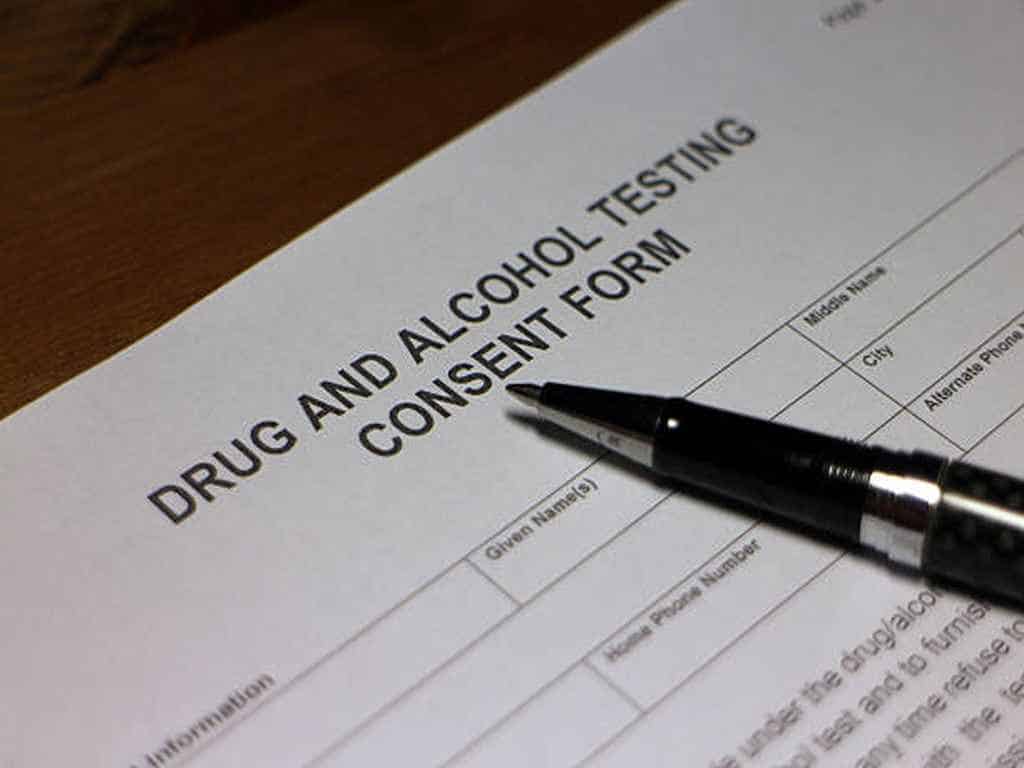
Health and Safety Procedures: Workplace Breath Testing
Employers can conduct workplace breath testing as part of their workplace alcohol policy. Under the Work Health and Safety Act 2011, employers must ensure a safe working space for employees. Managing risks include minimising all preventable hazards like alcohol or substance impairments. Likewise, alcohol screening through a wall-mounted breathalyser is critical for safety-regulated industries. For instance, workers cannot enter a mining site without performing a breath test. If alcohol is present, the employee is considered unfit for work. Other sectors with zero-alcohol tolerance are transportation, aviation, and construction. Moreover, a workplace policy guides when and how an alcohol test is appropriate. It should also be consistent and fair to employers and employees.
A business can administer workplace breath testing as part of the safety precautions. The employer can monitor the employees’ blood alcohol levels through a breathalyser with a comprehensive policy. Private organisations with low to moderate risks can set an alcohol limit to manage occupational hazards. Additionally, it is critical for companies to know the local and federal regulations regarding workplace testing. Furthermore, a workplace policy should cover the following essential aspects:
- Fitness for work alcohol policy
- Grounds for alcohol testing
- Education program
- Sanctions for policy breach
- Employee assistance, treatment, or counselling services
Workplace Breath Testing: Implementation
Early detection of substance impairment is crucial in minimising the harmful impacts of alcohol use. Consistent workplace breath testing helps protect the welfare of employees and the general public. The company may conduct alcohol breath tests for several circumstances. The most common reasons for tests are during the hiring process, after an accident, targeted testing, and post-treatment. Pre-employment tests help identify if the job applicant has an alcoholic behaviour that can potentially harm the workplace and colleagues. Meanwhile, checking a workers’ BAC is crucial to determine if alcohol contributed to a recent workplace accident. On the other hand, an employer can also conduct a post-treatment test to an employee returning from a treatment program (rehab). Lastly, random and targeted testing can identify if workers are intoxicated while on duty.
What happens after workplace breath testing? Employees should be aware of the consequences of returning a positive or non-negative result. Depending on the policy, an employee may face disciplinary actions. A confirmatory lab test through urine or blood sampling can validate the exact results for drug and alcohol usage. Employees breaching the alcohol policy would be put on probation for a certain duration. Some organisations also offer employee assistance for those with alcohol use disorders. Likewise, referral to treatment centres or rehabilitation can help employees recover from alcohol or substance use problems.
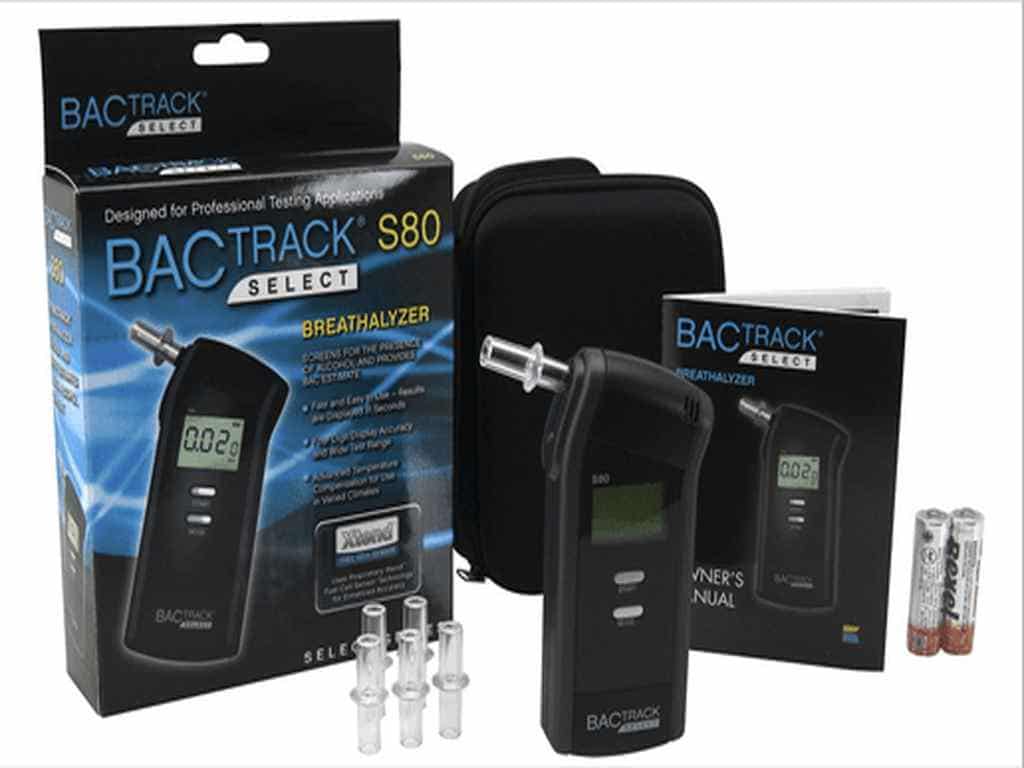
Workplace Breathalysers: Reliability
The reliability of devices is crucial because workplace breath testing can drastically help Australian businesses improve. High-risk industries depend on accurate breathalysers to maintain an alcohol-free environment. In line with this, workplaces and testing facilities use fuel cell breathalysers to measure the BAC accurately. The breathalysers from Breathalysers Australia employ fuel cell sensor technology that is suitable for professional applications. Fuel cell sensors give the most precise BAC results by undergoing an electrochemical process. The workplace breathalyser from Breathalysers Australia has linear responses that can trace alcoholic concentrations over complete BAC ranges. Therefore, they can estimate the alcohol content from 0.00-0.400% BAC. Furthermore, they are consistent despite high-volume use and have a long time before needing recalibration.
Breathalysers like BACtrack are highly effective devices for detecting alcohol in the system. They are a non-invasive method for determining recent alcohol use or impairment. Fuel cell breathalysers are efficient and have become the standard method for workplace breath testing. It is also the same testing device used by law enforcers in a roadside inspections. Additionally, with breathalysers, companies would no longer need to wait for testing services to process the samples. Breathalysers can be operated by anyone and has a fast processing time, allowing businesses to manage safety risks conveniently.
Workplace Breath Testing in Australia through BACtrack
Knowing the significance of workplace breath testing can help many Australian businesses maintain a healthy and safer environment. Performing alcohol breath tests through a breathalyser is quick and easy. It allows companies to facilitate frequent on-site testing to help reduce alcohol-related incidents. Moreover, the BACtrack breathalysers have a one-button operation for faster use. The device immediately warms up the sensors as soon as you press the power button. Then, employees can give a breath sample and wait for the BAC results for 10 to 15 seconds. Breathalysers Australia also offers additional mouthpieces to allow multiple testing without interfering with the results. Finally, workplace breath testing help maintain high output, good attendance, and constant safety.















